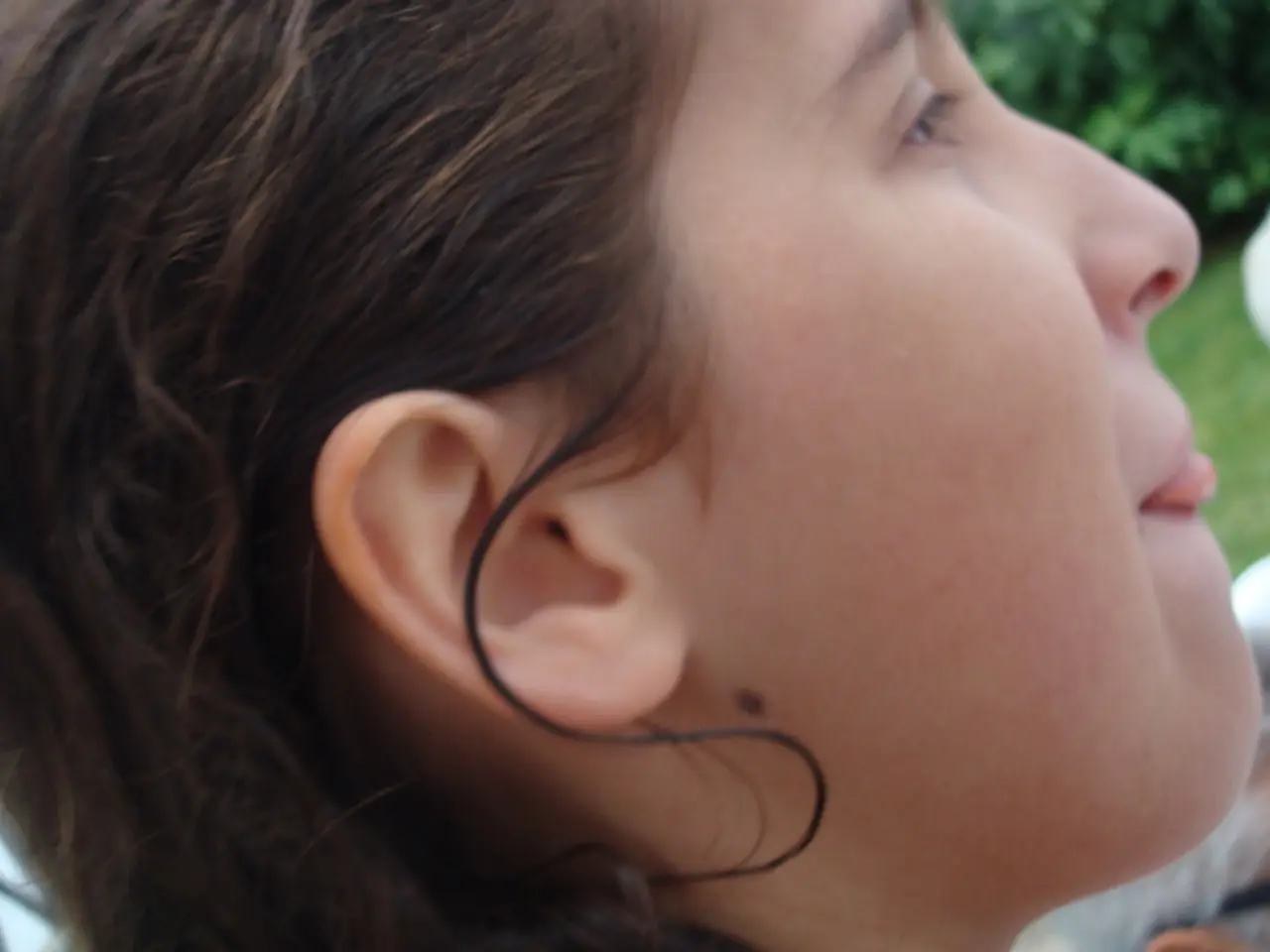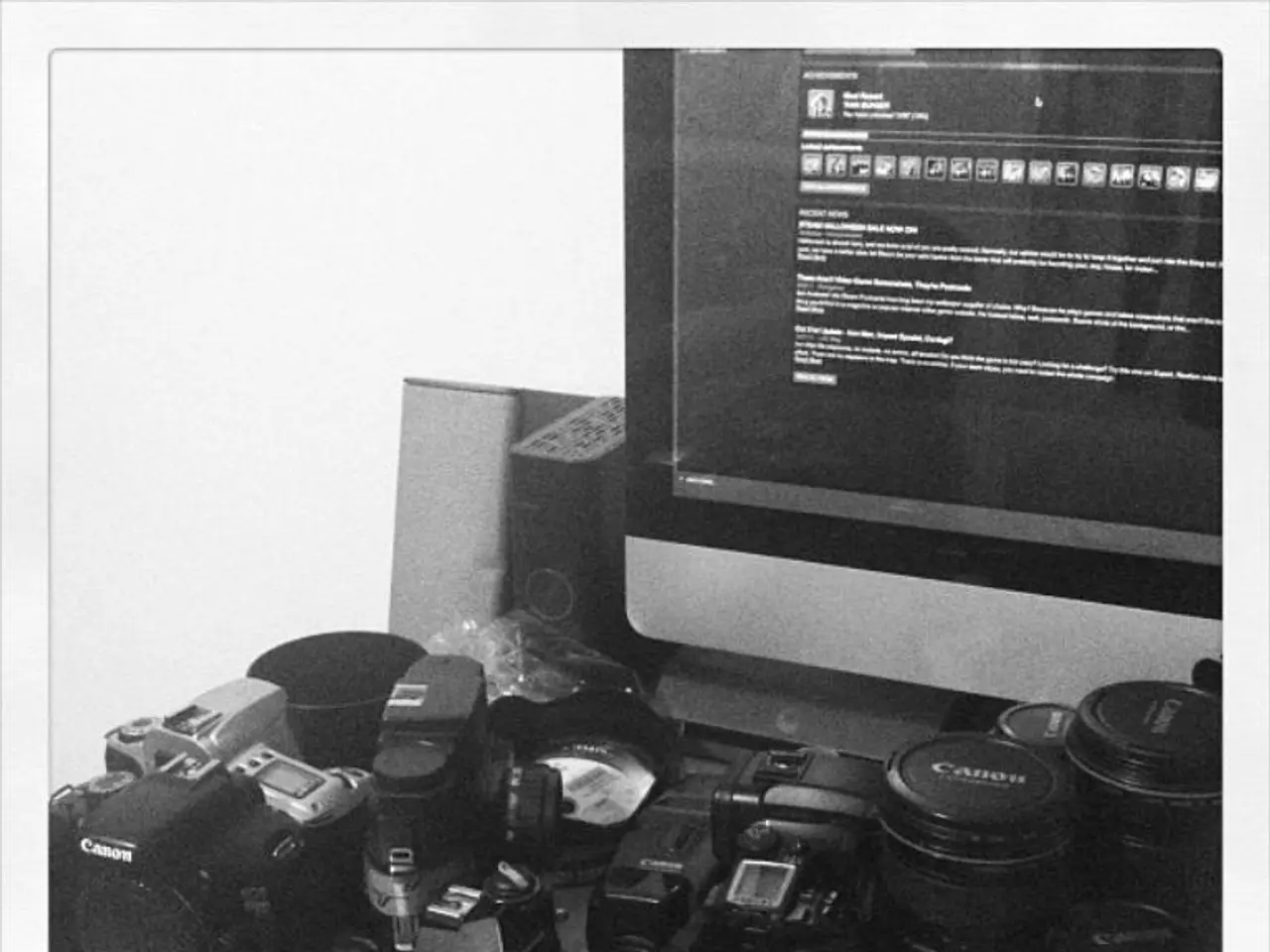Scar healing and options for mole removal treatments
In the realm of skincare, mole removal can sometimes lead to scarring. However, with the right approach to wound care and the use of proven treatments, it is possible to minimize the appearance of these scars and promote effective healing.
Immediately after mole removal, it's crucial to maintain a clean and moist environment for the wound. This can be achieved by gently washing with mild soap and water, applying petroleum jelly or prescribed antibiotic ointments, and covering the wound with a sterile bandage. Avoiding picking or scratching scabs is also essential to prevent worsening scarring.
Protecting the wound from the sun's rays is another important aspect of post-removal care. Sunscreen or covering the area can help prevent discoloration and promote a better scar appearance over time.
When it comes to improving the appearance of scars, several treatment options are available. Silicone gel sheets or gel, for instance, have been scientifically shown to reduce the thickness, redness, and hardness of scars, making them flatter and softer.
Laser therapy is another effective treatment. Ablative lasers remove damaged skin layers and promote new skin formation, improving severe atrophic scars by up to 75%. Nonablative lasers stimulate collagen and are effective for mild to moderate scars, with improvements of 25–50%. Multiple sessions, usually spaced weeks apart, are typically needed for optimal results.
Microneedling, or Dermapen, is another popular option for fading surgical scars. It helps remodel scar tissue by stimulating collagen.
For moles deeply embedded under the skin or in visible areas, removal by a plastic surgeon may minimize scarring better than other methods, as they focus on precise excision and suturing techniques. Laser removal, while reducing scarring compared to other methods, is not suitable for deep moles.
Regular monitoring and consultations with a healthcare provider are essential to address any complications or abnormal healing signs. Continued skin care focusing on hydration, protection, and the use of scar treatments enhances long-term scar outcomes.
In conclusion, careful wound management immediately after mole removal, combined with proven scar treatments like silicone gel and laser therapy, offers the best chance to minimize scars and promote effective healing. Protecting the removal area from the sun's rays for at least a year is important, and keeping the wound moist can help it heal up to 50% faster. However, there is no significant scientific evidence to support the use of ointments or creams containing vitamin E for scar treatment.
- To further minimize the appearance of scars after mole removal, one can consider the use of microneedling or Dermapen, which helps remodel scar tissue by stimulating collagen.
- Depression can sometimes be a side effect of medical conditions such as COPD, and it's important to seek help from a healthcare provider if experiencing symptoms.
- Predictive science plays a vital role in anticipating the potential outcomes of mole removal procedures, including the likelihood of scarring and healing times.
- In the field of medical-conditions, CHD (Coronary Heart Disease) is one of the leading causes of death globally, underlining the importance of healthy lifestyle choices and regular medical check-ups.
- For individuals dealing with the physical and emotional challenges of living with skin-care related issues like scars from accidental falls or surgeries, it's crucial to maintain a positive outlook and seek support from medical professionals and support groups.




